Wolves
- Wolf gestation is around 65 days. Wolf pups are born both deaf and blind and weigh only one pound.
- Under certain conditions, wolves can hear as far as six miles away in the forest and ten miles on the open tundra.
- Wolves were once the most widely distributed land predator the world has ever seen. The only places they didn’t thrive were in the true desert and rainforests.
- Among true wolves, two species are recognized: Canis lupus (often known simply as “gray wolves”), which includes 38 subspecies, such as the gray, timber, arctic, tundra, lobos, and buffalo wolves. The other recognized species is the red wolf (Canis rufus), which are smaller and have longer legs and shorter fur than their relatives. Many scientists debate whether Canis rufus is a separate species.
- Immense power is concentrated in a wolf’s jaw. It has a crushing pressure of nearly 1,500 pound per square inch (compared with around 750 for a large dog). The jaws themselves are massive, bearing 42 teeth specialized for stabbing, shearing, and crunching bones. Their jaws also open farther than those of a dog.
- The North American gray wolf population in 1600 was 2 million. Today the population in North America is approximately 65,000. The world population is approximately 150,000.
- A hungry wolf can eat 20 pounds of meat in a single meal, which is akin to a human eating one hundred hamburgers.
- A wolf pack may contain just two or three animals, or it may be 10 times as large.
- Though many females in a pack are able to have pups, only a few will actually mate and bear pups. Often, only the alpha female and male will mate, which serves to produce the strongest cubs and helps limit the number of cubs the pack must care for. The other females will help raise and “babysit” the cubs.
- Lower-ranking males do not mate and often suffer from a condition of stress and inhibition that has been referred to as “psychological castration.” Lower-ranking females are sometimes so afraid of the alpha female that they do not even go into heat.

.jpg)




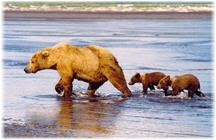









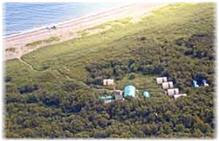


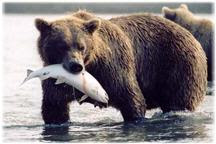
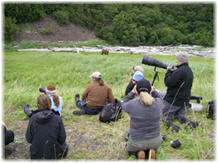




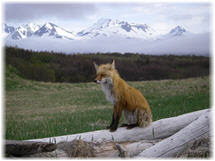




















No comments:
Post a Comment